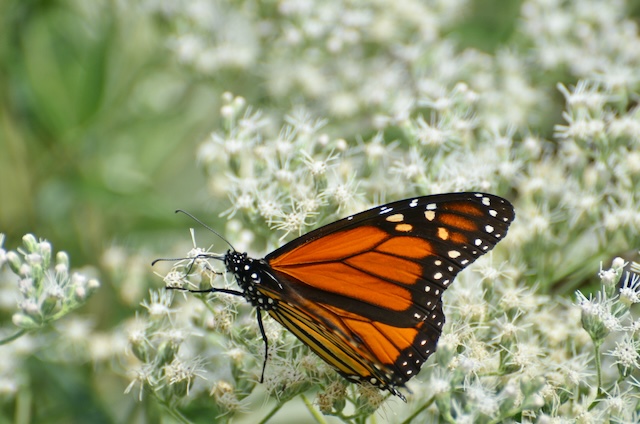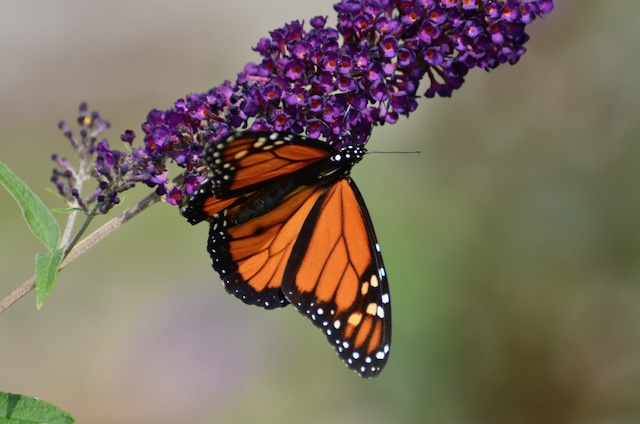Intrigued by the title? I was, and that prompted me to investigate further. The subtitle pushed me out of indecision: an autobiography in essays. I’ve read two of Messud’s novels, The Burning Girl and The Woman Upstairs, both I couldn’t embrace wholeheartedly. However, the title of this non-fiction jumped out at me.
I’ve appreciated Claire Messud the memoirist and critic much more than Messud the fiction writer, albeit I admit I’ve read only two of her seven novels. The first part of this autobiography in essays reveals her multicultural roots and the various geographical locales that had made up who she is as a writer. A French father born in colonial Algeria and a Canadian mother, what an interesting fusion of culture.
Messud has left footprints and therefore collected memories in many parts of the world. She writes about her growing up years moving from Connecticut to Australia then to Canada and back to the United States, and later her travel to Beirut, an emotionally torn, love trip both for her dying father who had spent his childhood there with fond memories, and for herself.
In the eponymous essay, ‘Kant’s Little Prussian Head’, she writes:
“I can echo Walt Whitman in asserting that ‘I contain multitudes.’ I am who I am because I was where I was, when I was; and almost all of it is invisible to the world. This is true, of course, for each of us” (80).
Messud is generous in sharing the intimacies of her family relationships, especially those of her parents’ and grandparents’. I’ve found too that certain parts of her novels are based on real life experiences and encounters, e.g. the character Cassie in The Burning Girl.
The second part is both taxing and satisfying as she critiques on various international writers and artists, making up a good list for me to explore. Even though I haven’t read some of them or seen their artwork, I find the essays informative, insightful, and exemplary in critique writing. Her prose is elegant and inspiring, and at times, exhilarating.
The Camus essays are captivating for me in terms of the historical backdrop and political situations of Algiers and the tough handling by the then French government. Camus the pacifist had to confront issues of violence, colonization and post-colonial dilemmas.
Her essay on Kazuo Ishiguro’s Never Let Me Go elicits more poignancy from the already devastating fate of the characters Kathy and Tommy. In particular, she sheds new light into the moving scene where Kathy embraces the pop song Never Let Me Go longingly.
The essay on the photographer Sally Mann is mesmerizing. In an interview, Mann had said, “unless you photograph what you love, you are not going to make good art… it’s always been my philosophy to make art out of the everyday, the ordinary” (290).
Herein lies the dilemma of privacy and art making as Mann had candidly photographed her children growing up and her husband who is afflicted by muscular dystrophy, thus making her a highly controversial artist. Anyway, herein lies the dilemma of a memoirist, I suppose, like Messud’s book, there has to be the revealing of relational intimacy and private lives in order to imbue authenticity and truths in an autobiography.
Back to the essay ‘Kant’s Little Prussian Head’, Messud has, in her ingenious way, explains to her readers how she gets the title from. I’ll leave it with you to explore instead of me clumsily paraphrase. However, I’d like to conclude by quoting this moving episode of Messud and her mother who was afflicted with dementia:
“In the last two years of her life, she was often quiet––she who had been so vitally social––and once, as she sat in silence, I asked her what she was thinking. With a wry and wistful smile, she answered, “Shards of memory, and new worlds discovered”(82).
To store up and share fragments gleaned from the ruins of the past is just one of the reasons for Messud to write, as well, for her readers to collect and keep in our own trove containing our own shards of memory, as we all share the magic of these lived experiences through the literary and the arts.
~ ~ ~ ~ Ripples
Kant’s Little Prussian Head & Other Reasons Why I Write: an autobiography in essays by Claire Messud, W.W. Norton & Company, NY, 2020. 306 pages.
______________




























